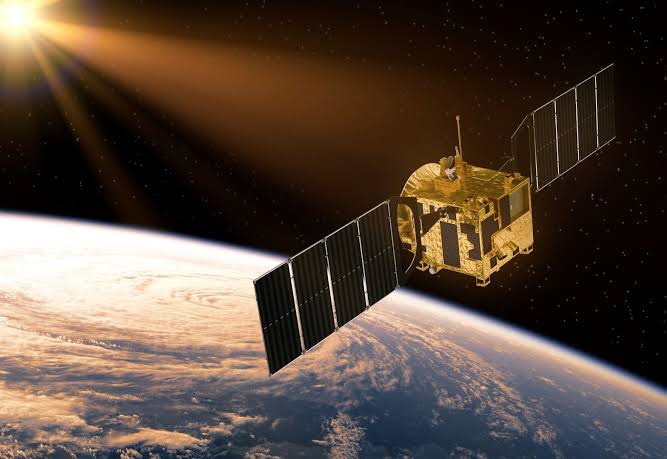[ad_1]
New Delhi: India is set to launch a domestically manufactured spy satellite from an Elon Musk-owned SpaceX facility in Florida this April, according to a report by The Economic Times. India will be bolstering its radar imaging satellite (RISAT) fleet, increasing the count from 12 satellites in 2019 to 16.
Built by TATA Advanced Systems Limited the defence arm of TATA Group, the satellite will be operated from Bengaluru, Karnataka, allowing India to maintain operational secrecy. It will be tasked with monitoring infrastructure and acquiring military targets.
Despite possessing sub-meter resolution satellites, India has previously relied on intelligence data from foreign sources such as the US.
The satellite, whose construction was recently completed, has been sent to the US for launch preparations. The TASL plant in Bengaluru, where the satellite was built, has the capacity to produce 25 satellites annually. TASL has also signed an agreement with the Karnataka government for further investments in the aerospace and defense sectors.
With tensions rising along India’s eastern border with China, the country has increased its purchases of satellite imagery from foreign nations. Once the indigenous satellite is operational, friendly nations are expected to place orders for imagery, with TASL already receiving inquiries.
Last December, Sreedhara Panicker Somanath, head of the Indian Space Research Organization, announced plans to launch layers of satellites in different orbits to monitor troop movements along the borders with China and Pakistan. Somanath emphasized the need for India to significantly expand its satellite fleet, aiming to launch an additional 50 satellites over the next five years to bolster its geo-intelligence capabilities.
The development of RISAT-2 began with urgency following the 2008 Mumbai terror attacks, marking India’s inaugural dedicated reconnaissance satellite. Designed for border surveillance, anti-infiltration, and counter-terrorism operations, RISAT-2 was decommissioned in October 2022.
RISAT-2B, the third satellite in the series, was launched in May 2019 from SDSC and features an indigenous X-Band radar. With a mission life of five years, it captures high-resolution spot images at approximately 0.5 x 0.3 meters resolution. Similarly, RISAT-2BR1, launched on December 11, 2019, also boasts a five-year mission life, offering a resolution of 0.35 meters for comparable applications.
Meanwhile, China has been expanding its electronic intelligence (ELINT) and signals intelligence (SIGINT) satellite capabilities. According to a report by the US Defense Department released in October 2023, the People’s Liberation Army’s intelligence, surveillance, and reconnaissance satellites are poised to enhance monitoring, tracking, and targeting capabilities, particularly in the Indo-Pacific region, potentially affecting US and allied forces.
[ad_2]

